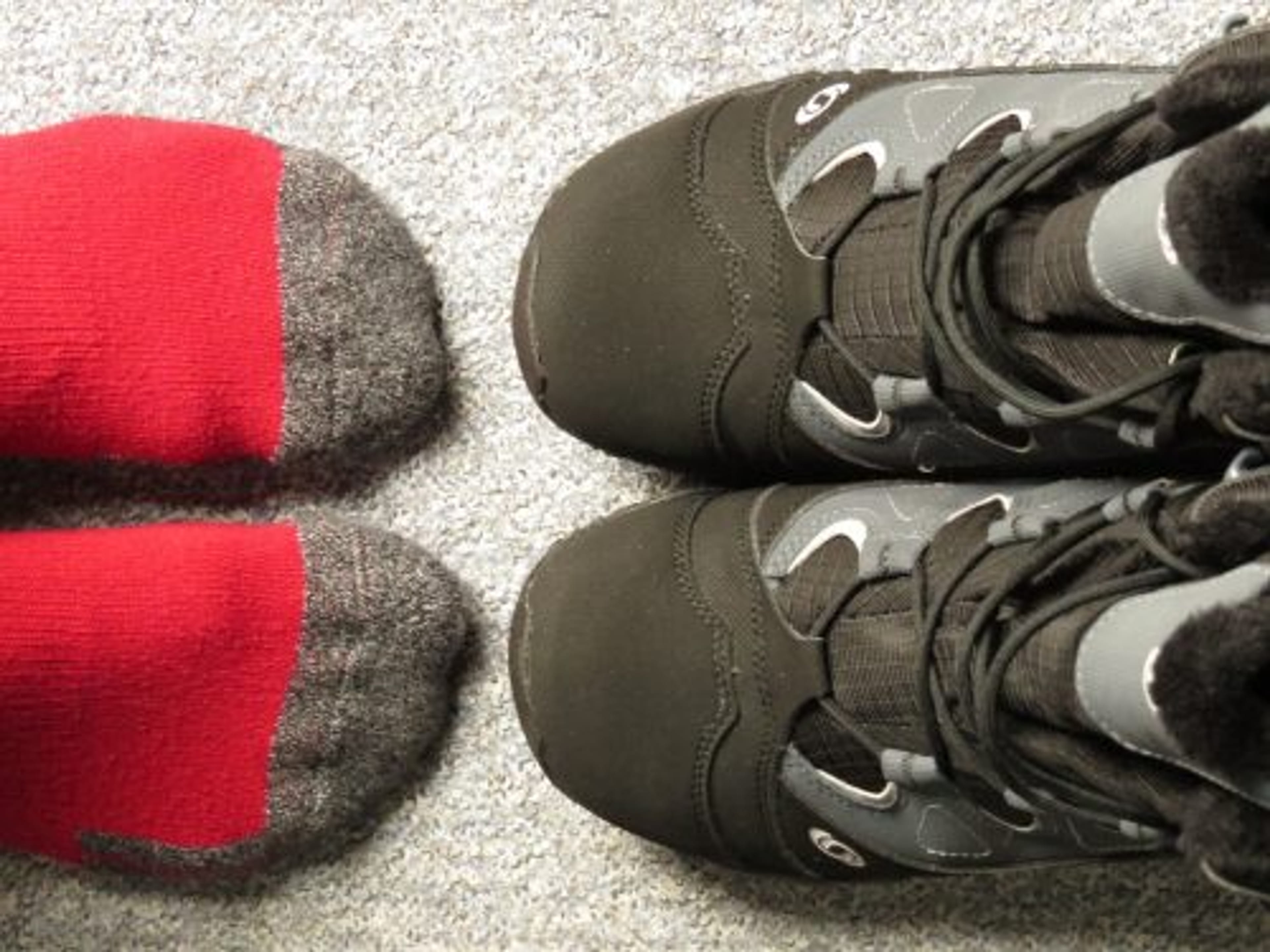
- General
Cold feet
Written by: Editors
Modified on:
Now that the outside is really colder, many people suffer from cold feet. An innocent phenomenon that can be very unpleasant for many, especially if you suffer from it in the car or during exercise. Women are more likely to suffer from cold feet than men. How to prevent cold feet and all about what you can do about it can be found in this article.
Do women often have colder feet than men?
Women suffer more from cold feet than men, according to research by the University of Portsmouth. As soon as autumn comes in and it gets colder outside, they immediately grab wool socks and warm slippers. In part, this difference between men and women can be explained by the fat distribution and the hormone balance. Women usually have more fat and less muscle tissue than men. Since muscle tissue produces heat, it is logical that women have a become colder quicker. In addition, the fat distribution of women is different because it is more evenly across the body. As a result, they are better able to supply the most important organs with blood. When it’s cold, the organs need to get enough heat. The result is that there is less blood on the hands and feet, making them feel cold.
Body temperature and hormones
In addition, the body temperature is influenced by estrogens, the female sex hormones. These cause small blood vessels in the feet to constrict temporarily, causing you to suffer from cold feet. Men also have estrogens in their bodies, but in much lower concentrations. Another reason why women often feel the cold more is they are prone to suffer more with iron deficiency – anaemia – as they hold less iron in the body than men.
Cold feet can also be caused by a disease or condition, such as diabetes, Raynaud’s syndrome and rheumatism.Even then the cold feet are caused by a reduced circulation in the ends of the body.
Winter Toes-Chilblains
Chillaines is a painful, itching swelling of the hand or foot, caused by poor circulation in the skin when exposed to cold. People with winter-toes have an extreme form of cold feet. Especially in the cold winter months, this condition occurs regularly. Chilblains can be uncomfortable but rarely cause any permanent damage. They normally heal within a few weeks Under the influence of cold, blood circulation in the feet reduces the feet and or toes becoming red, swelling, itching and burning. The complaints are quite acute and worsen when warming up the feet. To prevent getting chilblains wear good fitting shoes and keep your feet warm when you are outside. Avoid tight shoes because this can restrict circulation and keep your feet hydrated with a good foot creme.
Tips to prevent cold feet
Prevention is better than cure. If you know yourself that you are a chill, there are a number of things you can do to prevent cold feet.
- Avoid exposure to cold and temperature fluctuations as much as possible.
- Wear thick socks or two pairs of thin socks.
- Wear warm leather shoes with a thick sole.
- Before you go to bed, put a warm hot water bottle in bed or use an electric blanket.
- If you walk indoors without shoes, wear warm socks or slippers.
- Eat healthily and exercise regularly to stimulate blood circulation.
How do you warm up your cold feet again?
Cold feet can be warmed up again by putting on warm socks or by putting your feet under a blanket, possibly with a hot water bottle. A warm hot foot bath also helps to get the temperature up to your regular body temperature again. A foot massage is not only relaxing, it also stimulates blood circulation, making your feet warmer.
Remember that keeping your feet warm is very important for your overall health especially during the winter months !
Sources: scpod.org, diabetes.org.uk,NHS